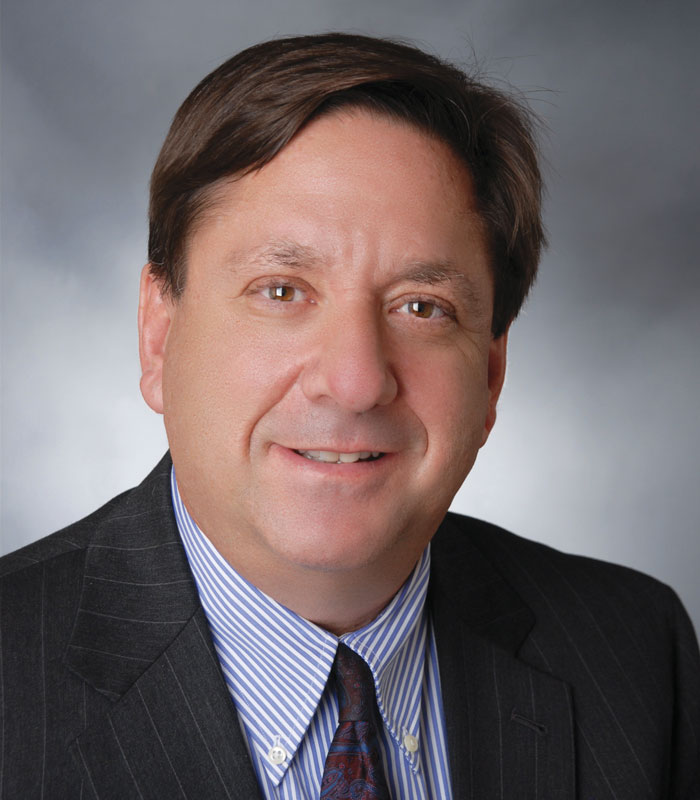How Are We Creating a New Payment Model for Oncology Care?

Oncology care is a complex, expensive, and often-fragmented area of medicine. To understand the potential need for a new payment model in oncology care, a thorough evaluation of all the data was important. By reviewing the oncology literature associated with costs and quality, we discovered that there were wide variations in the costs associated with the treatment of advanced cancers, but little variation in the outcomes of patients. We also identified gaps in patient care that we thought could be improved.
This research identified oncology as an area where a payment model that emphasized high-value, patient-centered care could make an important difference for patients. Our team at the Centers for Medicare and Medicaid Services (CMS) moved forward with developing the Oncology Care Model (OCM) (https://innovation.cms.gov/initiatives/oncology-care/) as a physician-focused, patient-centered model that would allow a broad range of oncology practices to participate.
Development began with an environmental scan that brought in oncologists from around the country to learn more about the oncology practice environment. We wanted to know what was working and what needed to be improved in oncology. Subsequent development work, and current implementation work, continues to be conducted by the doctors and nurses—as well as a group of nonclinical experts—at the Center for Medicare and Medicaid Innovation and our supporting contractors.
Oncology nurses have vital roles in many of the care coordination elements, along with the patient triage that helps prevent unnecessary emergency department visits and admissions.
Designing a healthcare model that would work in Manhattan and Wyoming, at urban healthcare providers and rural ones, and in small community and large academic clinics was challenging. The model must be adaptable to the multitude of business models in medicine, work in the context of what can be measured in claims, and operate within the ICD-10 medical coding system.
Part of developing a new oncology payment model and sustaining OCM means constantly speaking with stakeholders, including patient groups and organizations like ONS, to gather their input on the model. We did our best to achieve an excellent model design prior to launch, but continued feedback of healthcare professionals caring for patients in the model will allow for further improvements. Therefore, as OCM evolves, we continue to prioritize speaking with patients and practitioners to fix problems and make the model run more smoothly. That is, after all, the purpose of this model; we’re rolling it out on a limited basis, and we’re learning from it. It’s still early in the process: we are in year one of a five-year program.
In OCM, nurses have a more important role to play than ever before. Oncology nurses have vital roles in many of the care coordination elements, along with the patient triage that helps prevent unnecessary emergency department visits and admissions. OCM, as a patient-centered payment model, stresses the importance of the work that oncology nurses do when they’re caring for their patients and striving to provide quality care. CMS values the input of ONS and its members, and we look forward to a productive relationship in the future.
